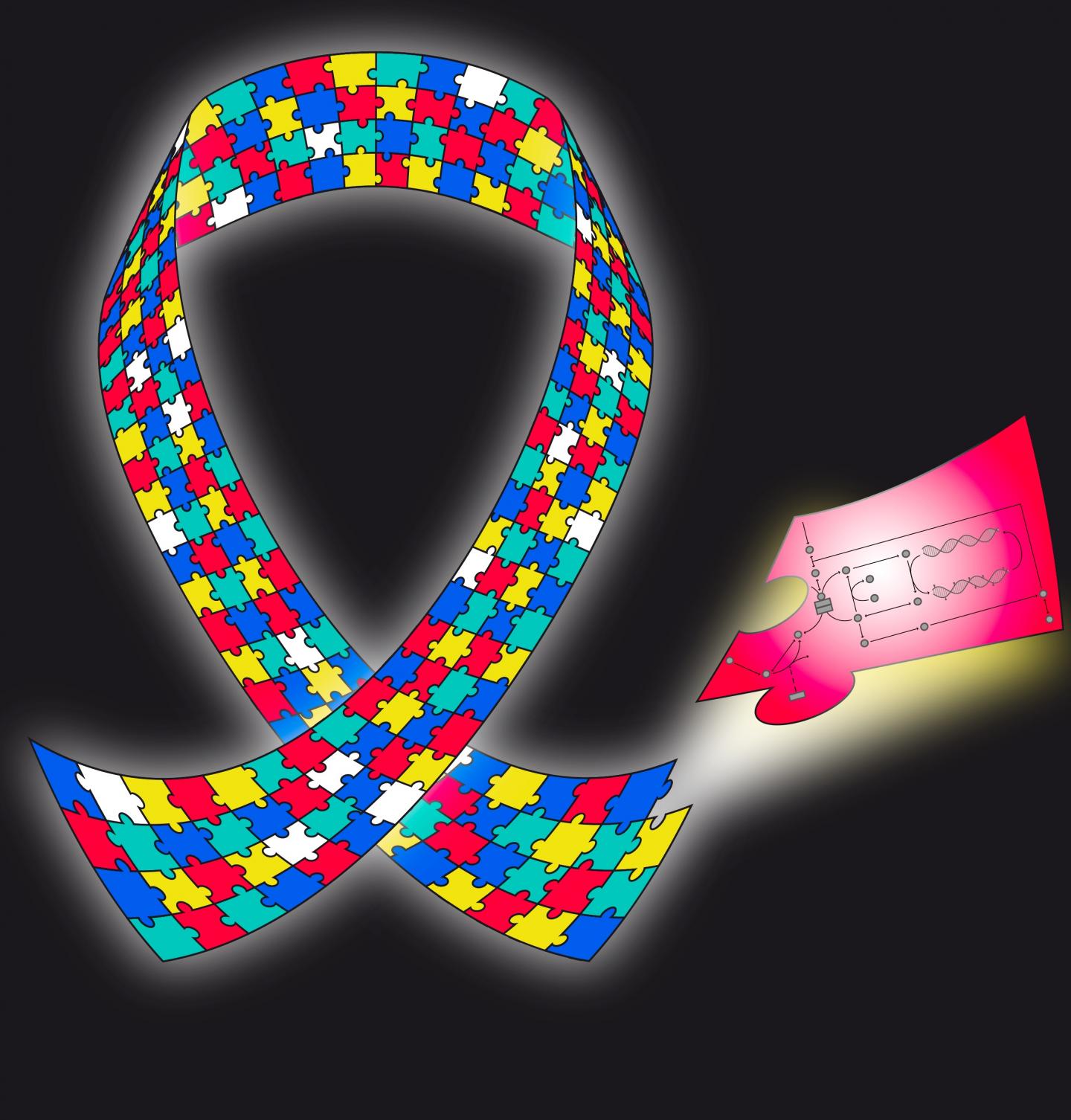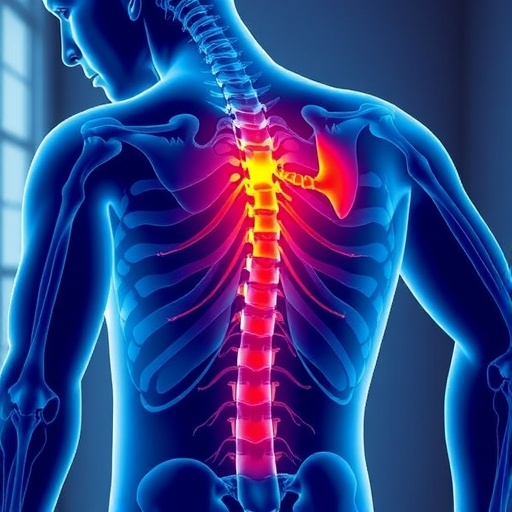
Credit: Daniel P. Howsmon, CCBY
Scientists have developed a new, highly accurate method that analyzes metabolic biomarkers to assess whether a child is on the autism spectrum, according to a study published in PLOS Computational Biology.
Autism spectrum disorder affects about 1.5 percent of all children, but its exact cause remains unknown, and diagnosis requires a multidisciplinary team of doctors. Previous research has revealed certain differences in metabolic processes between children on the autism spectrum and neurotypical children. However, researchers have struggled to translate these differences into new diagnostic tools.
In the new study, Juergen Hahn and Daniel Howsmon of Rensselaer Polytechnic Institute, New York, and colleagues present a method to identify a child as being on the autism spectrum based on concentrations of specific substances found in a blood sample. These substances are produced by metabolic processes known as the folate-dependent one-carbon (FOCM) metabolism and transulfuration (TS) pathways, both of which are altered in children with autism.
The scientists used blood sample data, collected at Arkansas Children's Hospital, from 83 children with autism and 76 neurotypical children, all between 3 and 10 years old. With the help of advanced modeling and statistical analysis tools, the metabolic data allowed the researchers to correctly classify 97.6 percent of the children with autism and 96.1 percent of the neurotypical children.
"The method presented in this work is the only one of its kind that can classify an individual as being on the autism spectrum or as being neurotypical," says study author Juergen Hahn. "We are not aware of any other method, using any type of biomarker that can do this, much less with the degree of accuracy that we see in our work."
Hahn says that further research is needed to confirm the findings. The team is also hoping to study whether treatments could be used to alter the concentrations of FOCM and TS products and, if so, whether this could impact symptoms of autism spectrum disorder.
###
In your coverage please use this URL to provide access to the freely available article in PLOS Computational Biology: http://journals.plos.org/ploscompbiol/article?id=10.1371/journal.pcbi.1005385
Citation: Howsmon DP, Kruger U, Melnyk S, James SJ, Hahn J (2017) Classification and adaptive behavior prediction of children with autism spectrum disorder based upon multivariate data analysis of markers of oxidative stress and DNA methylation. PLoS Comput Biol 13(3): e1005385. doi:10.1371/journal.pcbi.1005385
Funding: DPH and JH gratefully acknowledge partial financial support from the National Institutes of Health (https://www.nih.gov/, Grant 1R01AI110642). The funders had no role in study design, data collection and analysis, decision to publish, or preparation of the manuscript.
Competing Interests: The authors have declared that no competing interests exist.
Media Contact
Juergen Hahn
[email protected]
############
Story Source: Materials provided by Scienmag





